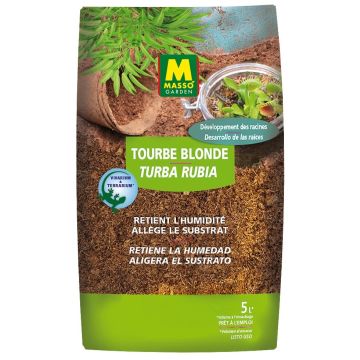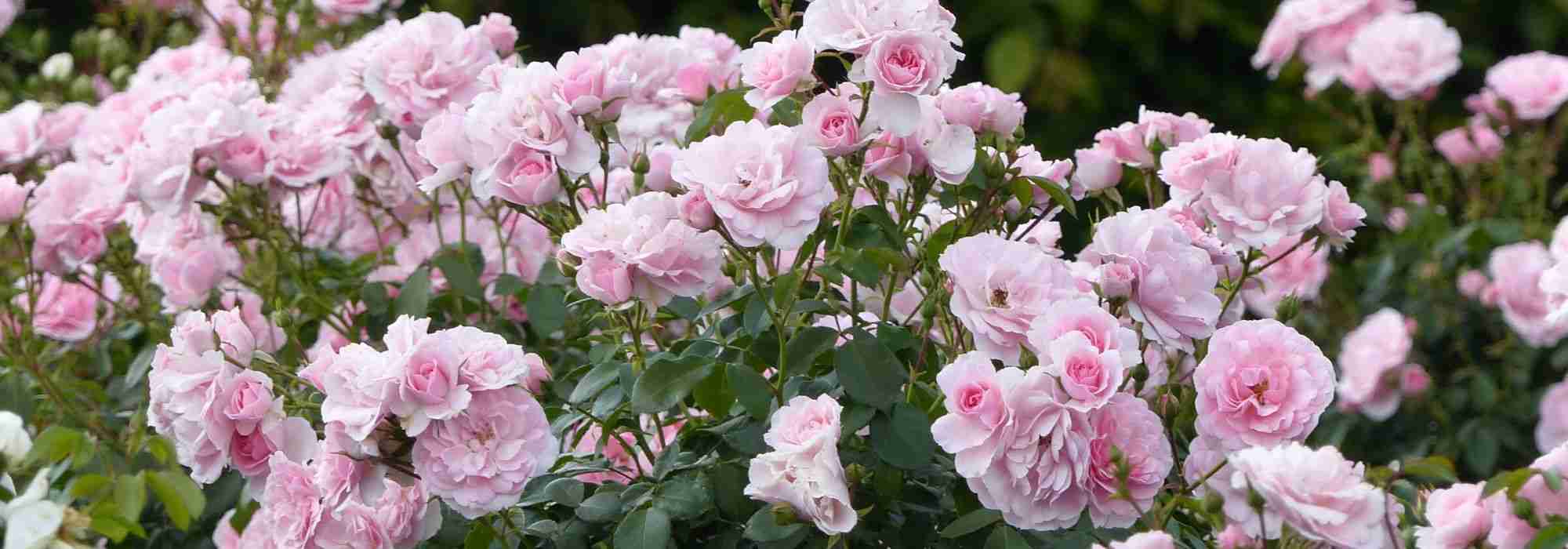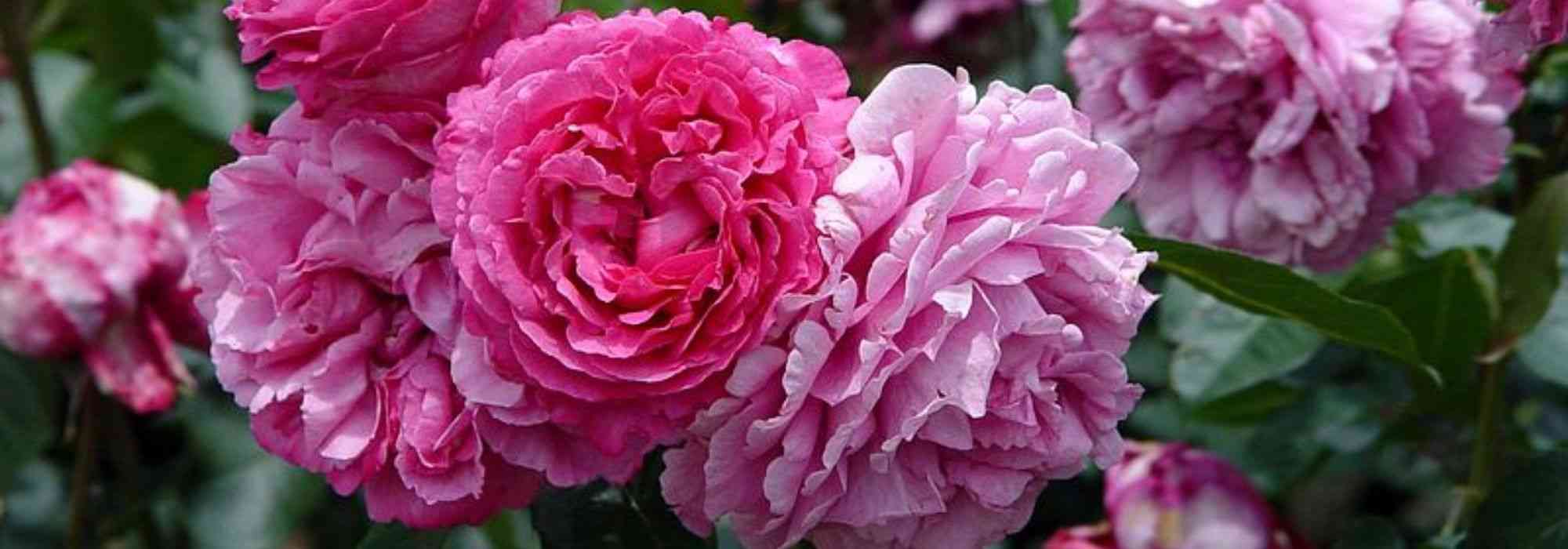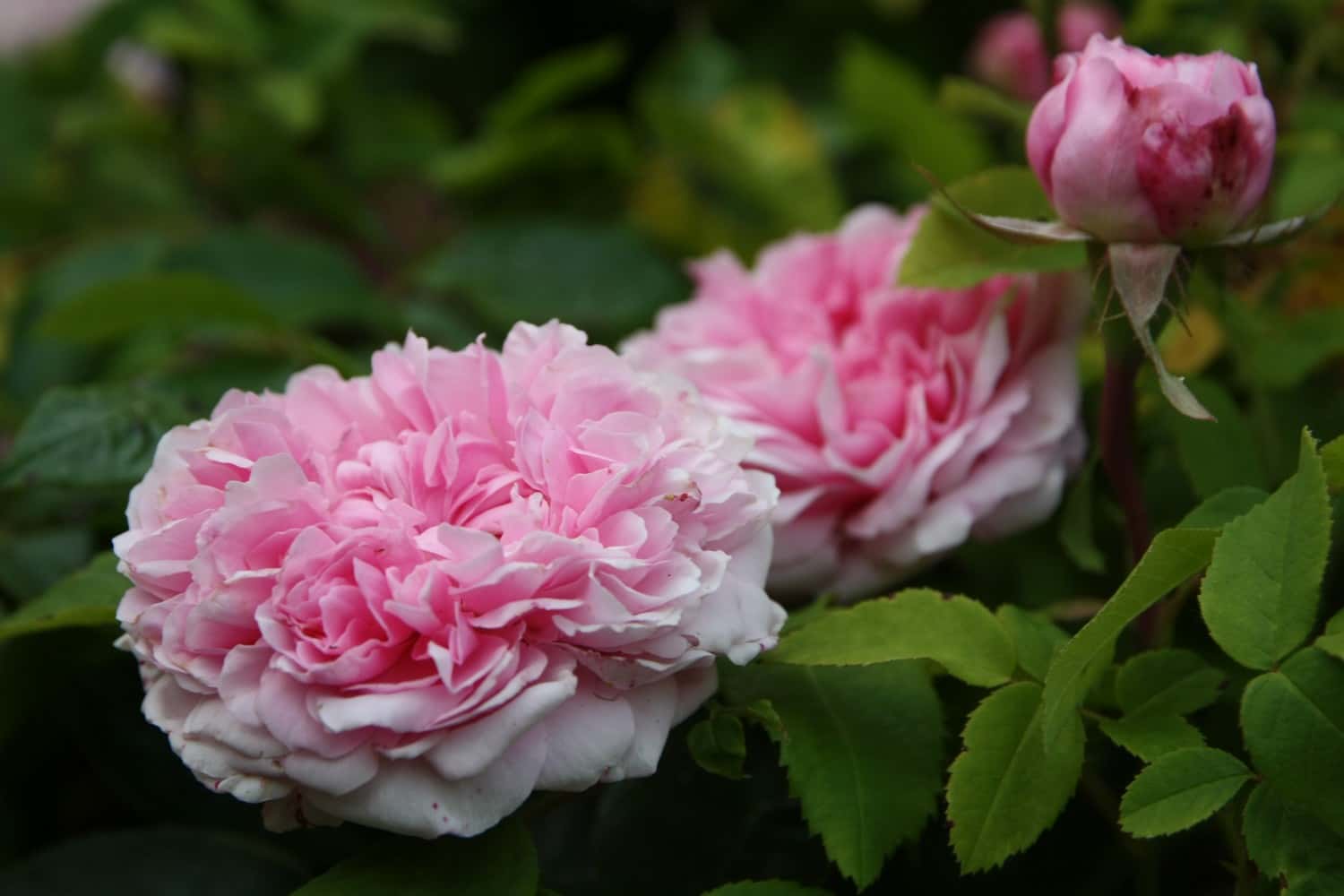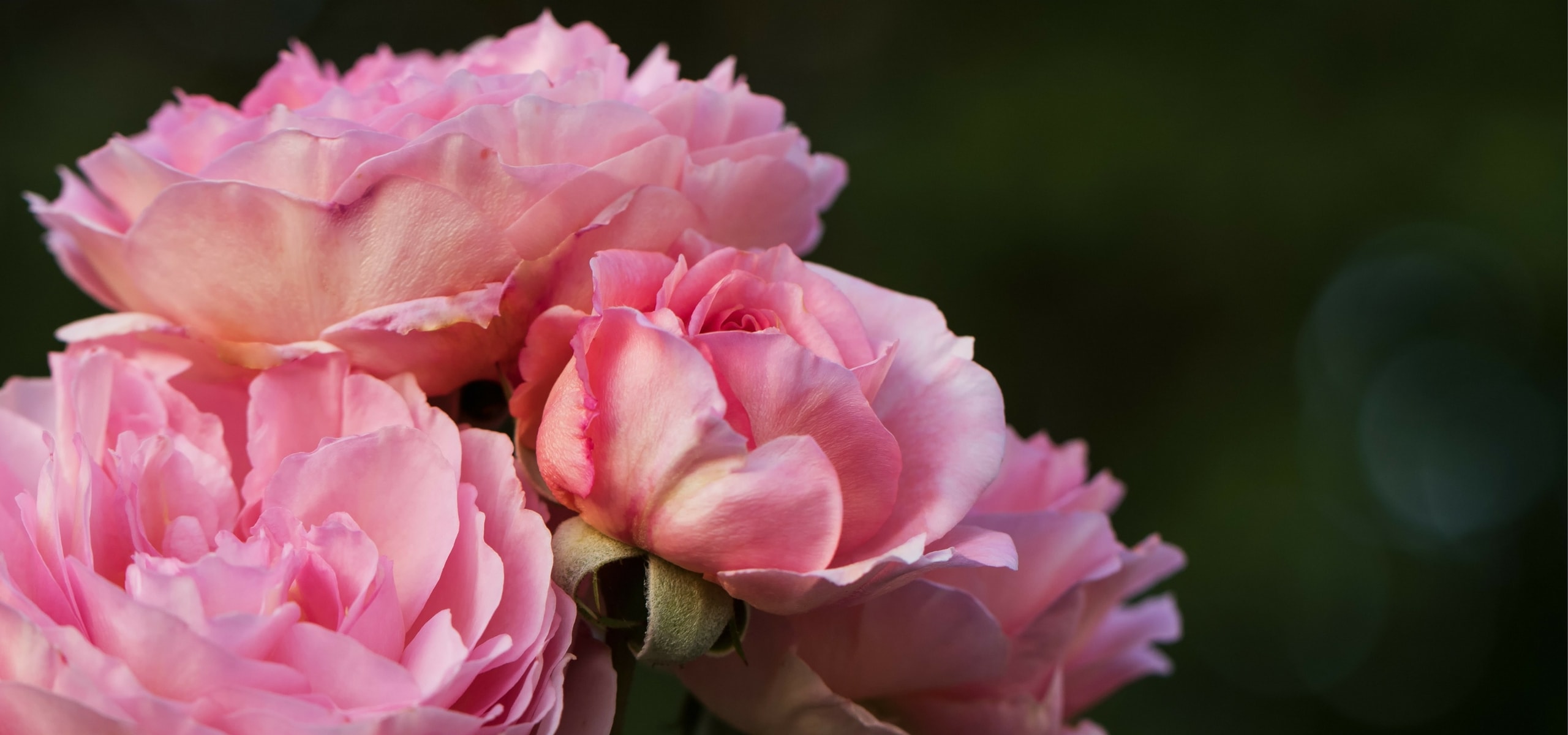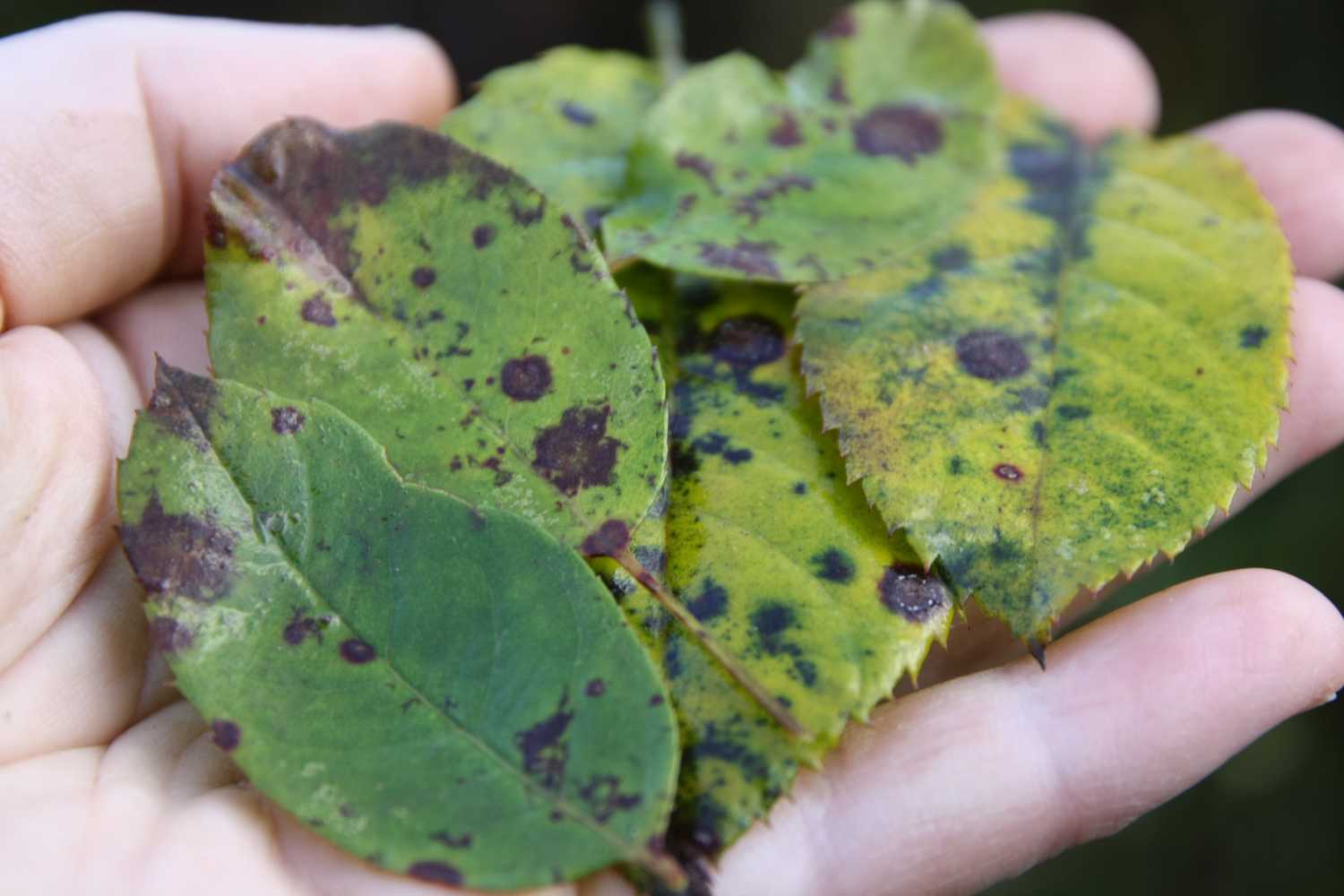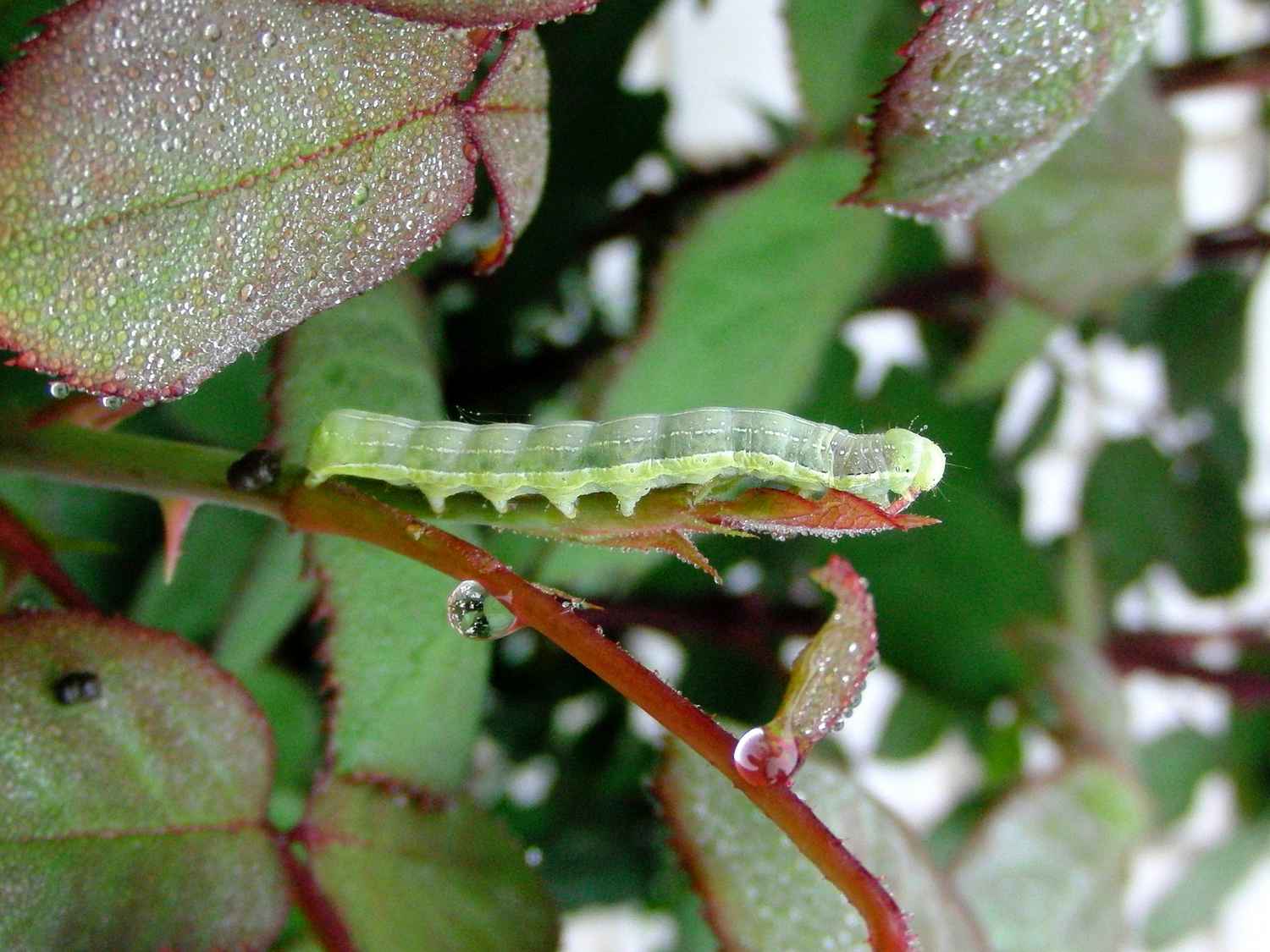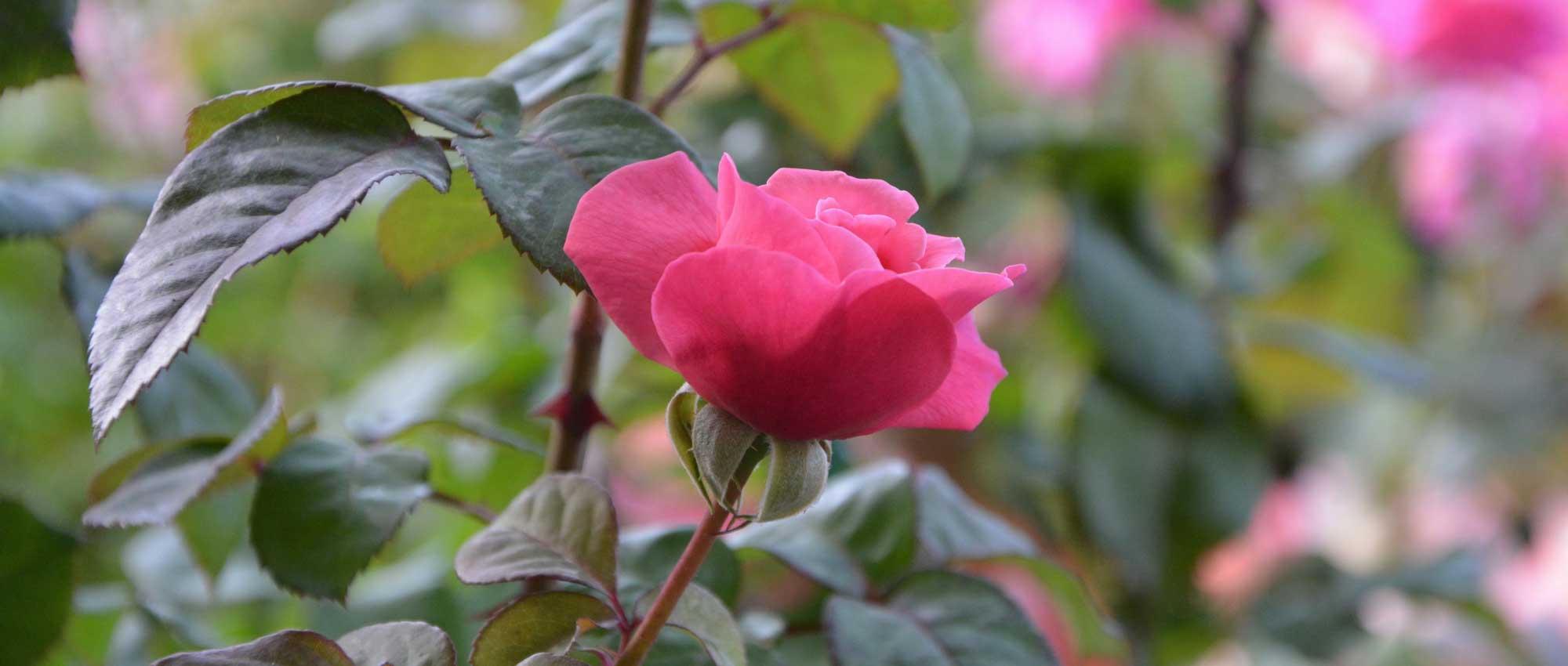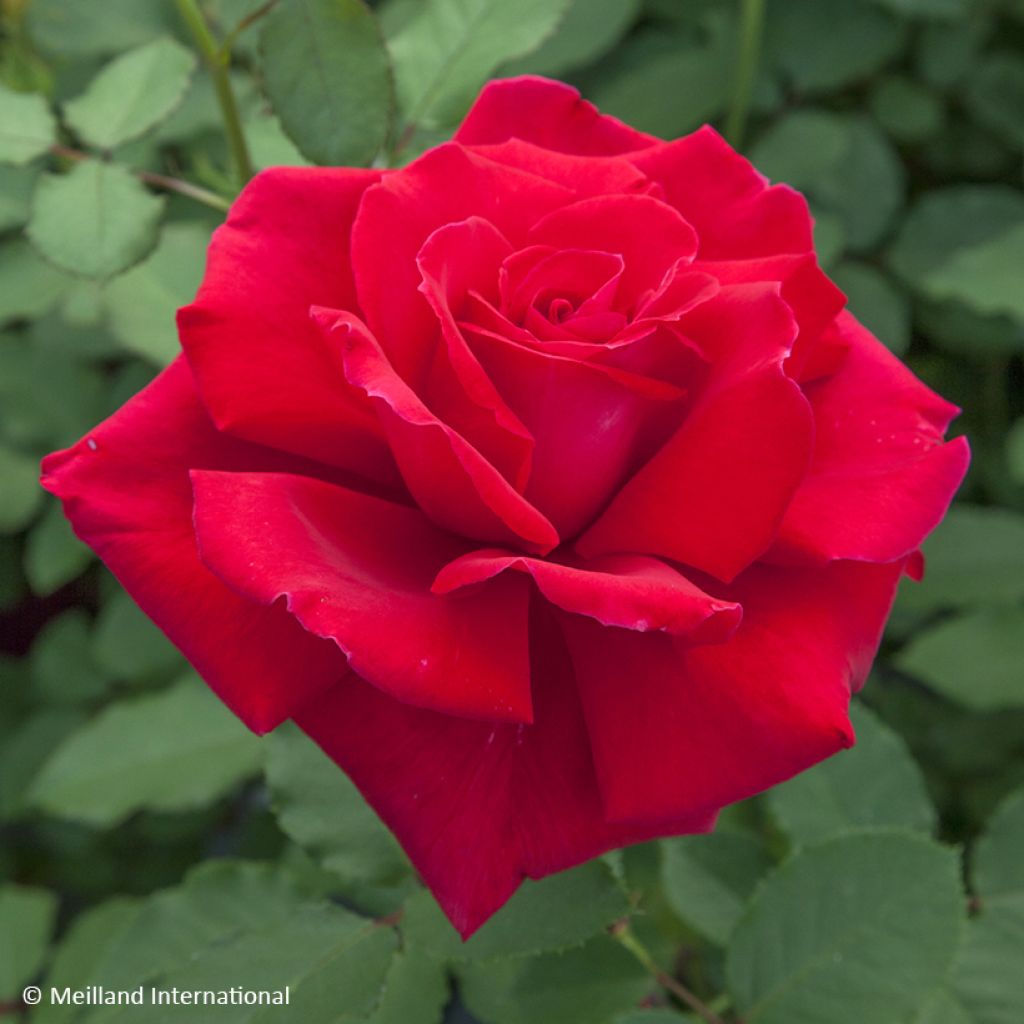

Rosa 'Meivestal' VICTOR HUGO® - Rosier Victor Hugo, Rosier Dreams Come True, Rosier Senator Burda
Rosa 'Meivestal' VICTOR HUGO® - Rosier Victor Hugo, Rosier Dreams Come True, Rosier Senator Burda
Rosa 'Meivestal' VICTOR HUGO®
Rosier Victor Hugo, Rosier Dreams Come True, Rosier Senator Burda
Special offer!
Receive a €20 voucher for any order over €90 (excluding delivery costs, credit notes, and plastic-free options)!
1- Add your favorite plants to your cart.
2- Once you have reached €90, confirm your order (you can even choose the delivery date!).
3- As soon as your order is shipped, you will receive an email containing your voucher code, valid for 3 months (90 days).
Your voucher is unique and can only be used once, for any order with a minimum value of €20, excluding delivery costs.
Can be combined with other current offers, non-divisible and non-refundable.
Home or relay delivery (depending on size and destination)
Schedule delivery date,
and select date in basket
This plant carries a 24 months recovery warranty
More information
We guarantee the quality of our plants for a full growing cycle, and will replace at our expense any plant that fails to recover under normal climatic and planting conditions.

Would this plant suit my garden?
Set up your Plantfit profile →
Description
The Victor Hugo® rose embodies both power and poetry, much like the works of the famous French writer and poet. It is a robust variety with timeless charm distinguished by its large, redcurrant-coloured flowers and intense May rose fragrance. Generous and vigorous, this bush flowers from spring until the first frosts, with foliage that remains elegant throughout the season. Its large, fragrant roses, visible from afar in flower beds, work wonders as cut flowers.
The Victor Hugo® ‘Meivestal’ rose is a creation by Meilland introduced to the market in 1985. This variety is also sold under other names depending on the region and distributor. Among its synonyms are 'Dreams Come True', 'Senator Burda®', and 'Spirit of Youth'. It was honoured in 1985 with the Fragrance Award in The Hague, Netherlands, in recognition of its exceptional scent. Belonging to the group of large-flowering bush roses also known as hybrid teas, this rose produces large, solitary flowers and has a perpetual flowering habit: it blooms several times during the season.
The Victor Hugo® rose has a bushy, ramified, and well-balanced habit. At maturity, it reaches a height of 90 cm to 1.10 m with a spread of 50-60 cm. Its flowers measure approximately 13 cm in diameter. Each one blooms slowly around a turbinate centre, elegantly displaying its 35 petals curved into a virtually perfect shape. The flowers are an intense redcurrant hue with subtly rosy, velvety highlights.They exude a powerful fragrance typical of the May rose. Flowering is abundant and extends from May-June to October. The foliage is dense, bright green, with a satin-like texture. It is deciduous, falling in autumn and regrowing the following spring. The stems are thorny, as is common with most roses.
With its magnificent fragrance and long stems, this modern Victor Hugo® ‘Meivestal’ rosebush is perfect for creating prestigious cut flower displays. In the garden, it can be integrated into a large rose bed or planted in groups of 3 to 5 within a flower border. It also thrives in pots. The radiant colour of its flowers pairs naturally with white, as well as the entire range of blues, purples, and violets. The opulence of its roses calls for more natural encompasing blooms: surround it with Nepetas, Verbascum phoeniceum 'Flush of White', or hardy geraniums, for example. Its flowers make elegant cut flowers that will fill the home with their fragrance.
Rosa 'Meivestal' VICTOR HUGO® - Rosier Victor Hugo, Rosier Dreams Come True, Rosier Senator Burda in pictures


Plant habit
Flowering
Foliage
Botanical data
Rosa
'Meivestal' VICTOR HUGO®
Rosaceae
Rosier Victor Hugo, Rosier Dreams Come True, Rosier Senator Burda
Rosa SENATOR BURDA, Rosa DREAMS COME TRUE
Cultivar or hybrid
Planting and care
To plant your Victor Hugo rose, prepare the soil by digging a 30 cm cube, breaking up the earth well and adding a base fertiliser such as dried blood or dehydrated horn at the bottom of the planting hole. Place your plant after removing it from its pot, covering the top of the root ball with 3 cm of soil, backfill and water thoroughly to eliminate any air pockets. In dry weather, water regularly for a few weeks to encourage root establishment. Also remember to feed your rose with a special rose fertiliser to stimulate flowering. Choose a sunny spot - or partial shade in very hot regions.
Planting period
Intended location
Care
Planting & care advice
This item has not been reviewed yet - be the first to leave a review about it.
Haven't found what you were looking for?
Hardiness is the lowest winter temperature a plant can endure without suffering serious damage or even dying. However, hardiness is affected by location (a sheltered area, such as a patio), protection (winter cover) and soil type (hardiness is improved by well-drained soil).

Photo Sharing Terms & Conditions
In order to encourage gardeners to interact and share their experiences, Promesse de fleurs offers various media enabling content to be uploaded onto its Site - in particular via the ‘Photo sharing’ module.
The User agrees to refrain from:
- Posting any content that is illegal, prejudicial, insulting, racist, inciteful to hatred, revisionist, contrary to public decency, that infringes on privacy or on the privacy rights of third parties, in particular the publicity rights of persons and goods, intellectual property rights, or the right to privacy.
- Submitting content on behalf of a third party;
- Impersonate the identity of a third party and/or publish any personal information about a third party;
In general, the User undertakes to refrain from any unethical behaviour.
All Content (in particular text, comments, files, images, photos, videos, creative works, etc.), which may be subject to property or intellectual property rights, image or other private rights, shall remain the property of the User, subject to the limited rights granted by the terms of the licence granted by Promesse de fleurs as stated below. Users are at liberty to publish or not to publish such Content on the Site, notably via the ‘Photo Sharing’ facility, and accept that this Content shall be made public and freely accessible, notably on the Internet.
Users further acknowledge, undertake to have ,and guarantee that they hold all necessary rights and permissions to publish such material on the Site, in particular with regard to the legislation in force pertaining to any privacy, property, intellectual property, image, or contractual rights, or rights of any other nature. By publishing such Content on the Site, Users acknowledge accepting full liability as publishers of the Content within the meaning of the law, and grant Promesse de fleurs, free of charge, an inclusive, worldwide licence for the said Content for the entire duration of its publication, including all reproduction, representation, up/downloading, displaying, performing, transmission, and storage rights.
Users also grant permission for their name to be linked to the Content and accept that this link may not always be made available.
By engaging in posting material, Users consent to their Content becoming automatically accessible on the Internet, in particular on other sites and/or blogs and/or web pages of the Promesse de fleurs site, including in particular social pages and the Promesse de fleurs catalogue.
Users may secure the removal of entrusted content free of charge by issuing a simple request via our contact form.
The flowering period indicated on our website applies to countries and regions located in USDA zone 8 (France, the United Kingdom, Ireland, the Netherlands, etc.)
It will vary according to where you live:
- In zones 9 to 10 (Italy, Spain, Greece, etc.), flowering will occur about 2 to 4 weeks earlier.
- In zones 6 to 7 (Germany, Poland, Slovenia, and lower mountainous regions), flowering will be delayed by 2 to 3 weeks.
- In zone 5 (Central Europe, Scandinavia), blooming will be delayed by 3 to 5 weeks.
In temperate climates, pruning of spring-flowering shrubs (forsythia, spireas, etc.) should be done just after flowering.
Pruning of summer-flowering shrubs (Indian Lilac, Perovskia, etc.) can be done in winter or spring.
In cold regions as well as with frost-sensitive plants, avoid pruning too early when severe frosts may still occur.
The planting period indicated on our website applies to countries and regions located in USDA zone 8 (France, United Kingdom, Ireland, Netherlands).
It will vary according to where you live:
- In Mediterranean zones (Marseille, Madrid, Milan, etc.), autumn and winter are the best planting periods.
- In continental zones (Strasbourg, Munich, Vienna, etc.), delay planting by 2 to 3 weeks in spring and bring it forward by 2 to 4 weeks in autumn.
- In mountainous regions (the Alps, Pyrenees, Carpathians, etc.), it is best to plant in late spring (May-June) or late summer (August-September).
The harvesting period indicated on our website applies to countries and regions in USDA zone 8 (France, England, Ireland, the Netherlands).
In colder areas (Scandinavia, Poland, Austria...) fruit and vegetable harvests are likely to be delayed by 3-4 weeks.
In warmer areas (Italy, Spain, Greece, etc.), harvesting will probably take place earlier, depending on weather conditions.
The sowing periods indicated on our website apply to countries and regions within USDA Zone 8 (France, UK, Ireland, Netherlands).
In colder areas (Scandinavia, Poland, Austria...), delay any outdoor sowing by 3-4 weeks, or sow under glass.
In warmer climes (Italy, Spain, Greece, etc.), bring outdoor sowing forward by a few weeks.































